Donald Hornig, 1920–2013
The scientist who babysat the first atom bomb
Donald Hornig was a year out of graduate school when he received a mysterious job offer. No one would tell him what or even where the job was, so he declined—until the president of Harvard University called and convinced him to take it. Soon after, Hornig bought an old car and headed for Los Alamos, N.M. He would become one of the youngest leaders of the team that developed the first atom bomb, and the last surviving witness of its detonation, on July 16, 1945.
Born in Milwaukee, Hornig “was the first in his family to go to college,” said the Associated Press. He studied physical chemistry at Harvard, earning his doctorate in 1943. In Los Alamos, the head of the Manhattan Project, J. Robert Oppenheimer, gave him the job of developing the firing unit that triggered the detonation.
On the eve of the planned blast, Hornig was accorded another task, said The Washington Post. “Oppenheimer decided someone should be in the tower to babysit the bomb,” he later remembered. As lightning and thunder raged outside, Hornig sat by the bomb reading a book of humorous essays. In the morning, “he took his place beside Oppenheimer in a control room more than five miles away.” When the bomb exploded, at 5:29:45 a.m., Hornig recalled, “My first reaction, having not slept for 48 hours, was, ‘Boy, am I tired.’ My second was, ‘We sure opened a can of worms.’” He later described the massive orange fireball as “one of the most aesthetically beautiful things I have ever seen.”
The Week
Escape your echo chamber. Get the facts behind the news, plus analysis from multiple perspectives.

Sign up for The Week's Free Newsletters
From our morning news briefing to a weekly Good News Newsletter, get the best of The Week delivered directly to your inbox.
From our morning news briefing to a weekly Good News Newsletter, get the best of The Week delivered directly to your inbox.
Hornig went on to teach at Brown and Princeton universities, said The New York Times, before becoming science adviser to President Lyndon Johnson. “Working for Johnson was reportedly not easy”; the president disdained scientists because many of them opposed the Vietnam War. Hornig was named president of Brown in 1970, where his budget cuts restored the institution’s finances but triggered fierce student protests. Upon his resignation, in 1976, he described his tenure as “bittersweet.” He returned to Harvard, and to teaching, to end his career.
A free daily email with the biggest news stories of the day – and the best features from TheWeek.com
-
 Joanna Trollope: novelist who had a No. 1 bestseller with The Rector’s Wife
Joanna Trollope: novelist who had a No. 1 bestseller with The Rector’s WifeIn the Spotlight Trollope found fame with intelligent novels about the dramas and dilemmas of modern women
-
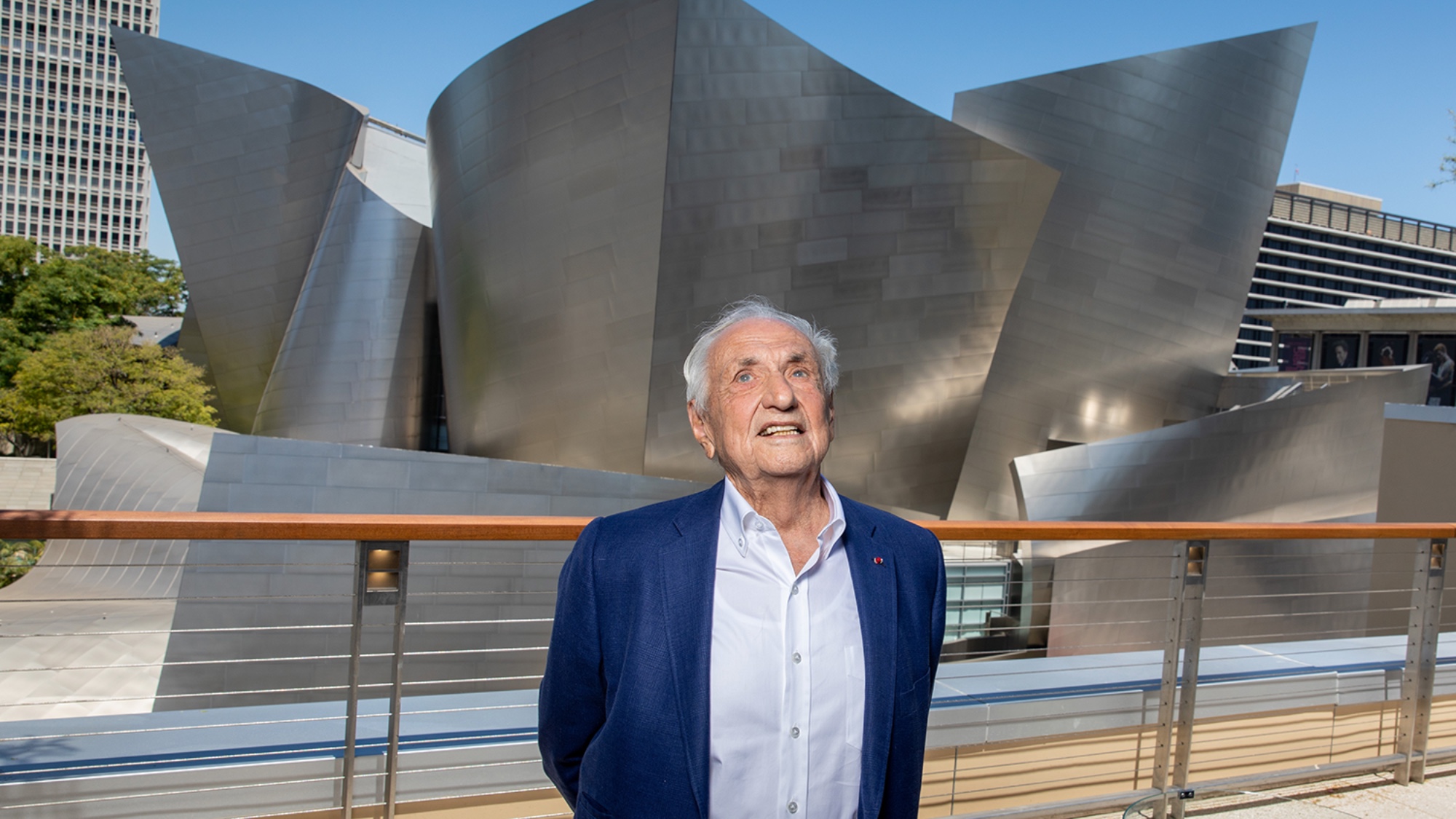 Frank Gehry: the architect who made buildings flow like water
Frank Gehry: the architect who made buildings flow like waterFeature The revered building master died at the age of 96
-
 R&B singer D’Angelo
R&B singer D’AngeloFeature A reclusive visionary who transformed the genre
-
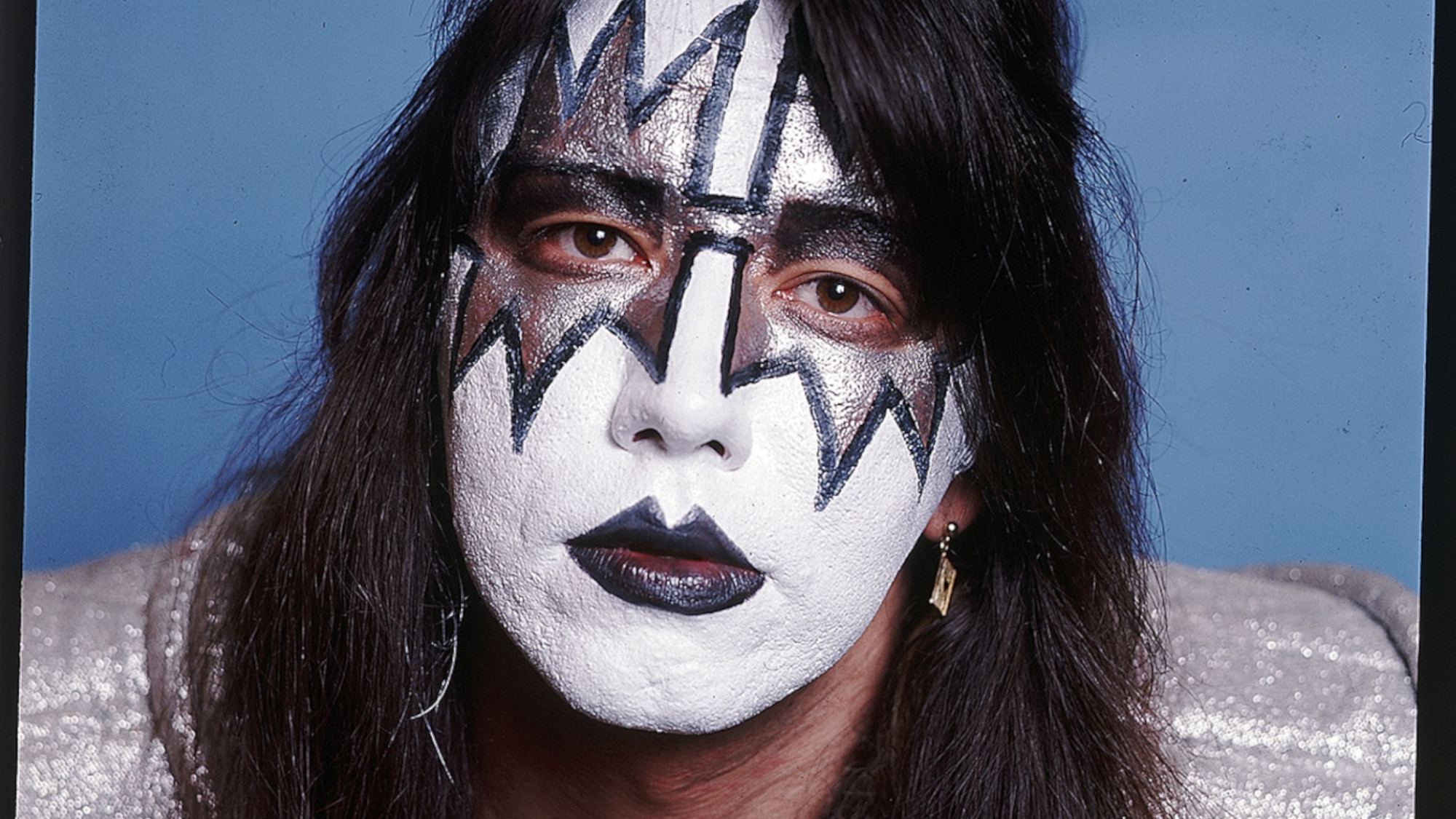 Kiss guitarist Ace Frehley
Kiss guitarist Ace FrehleyFeature The rocker who shot fireworks from his guitar
-
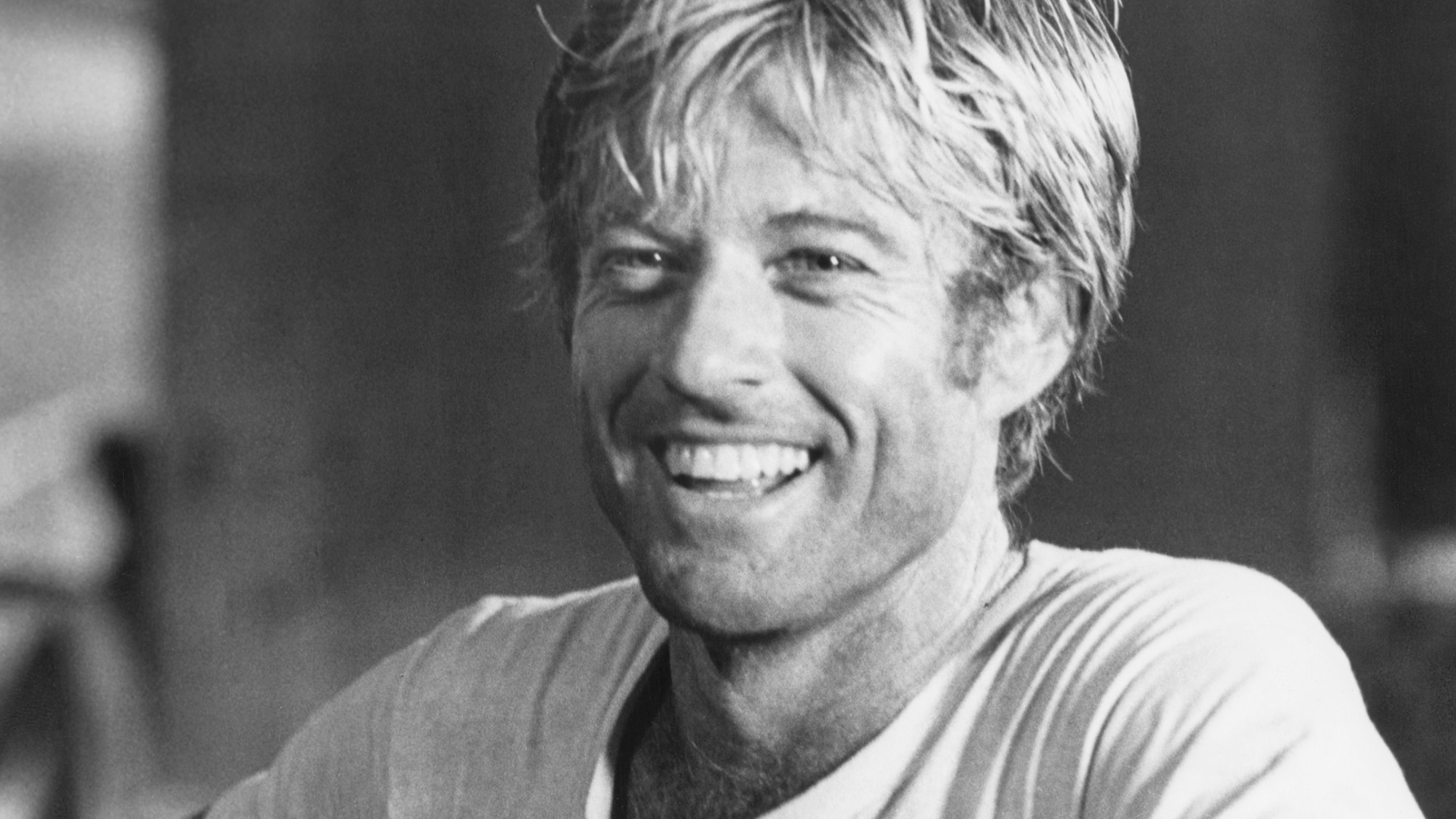 Robert Redford: the Hollywood icon who founded the Sundance Film Festival
Robert Redford: the Hollywood icon who founded the Sundance Film FestivalFeature Redford’s most lasting influence may have been as the man who ‘invigorated American independent cinema’ through Sundance
-
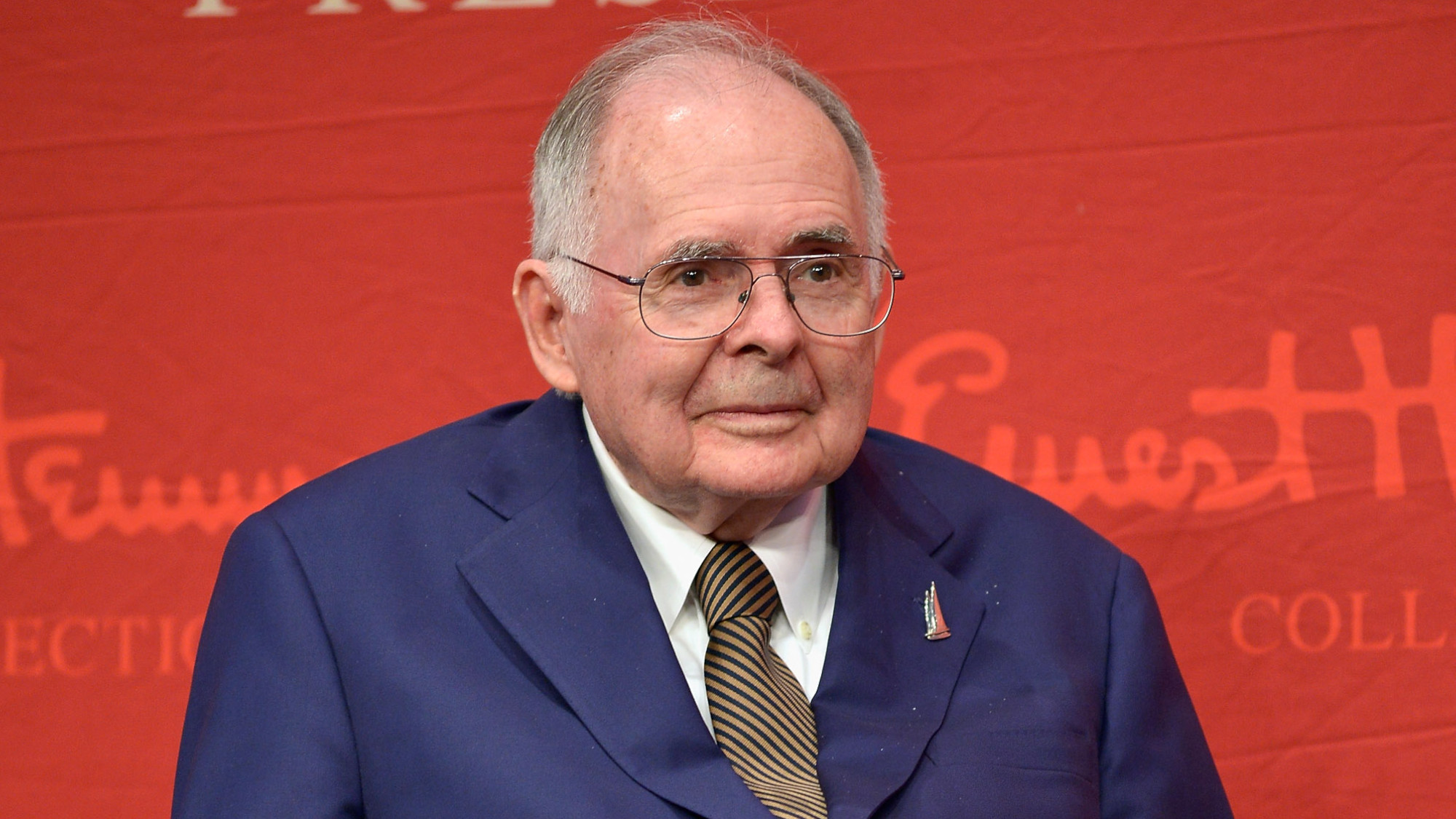 Patrick Hemingway: The Hemingway son who tended to his father’s legacy
Patrick Hemingway: The Hemingway son who tended to his father’s legacyFeature He was comfortable in the shadow of his famous father, Ernest Hemingway
-
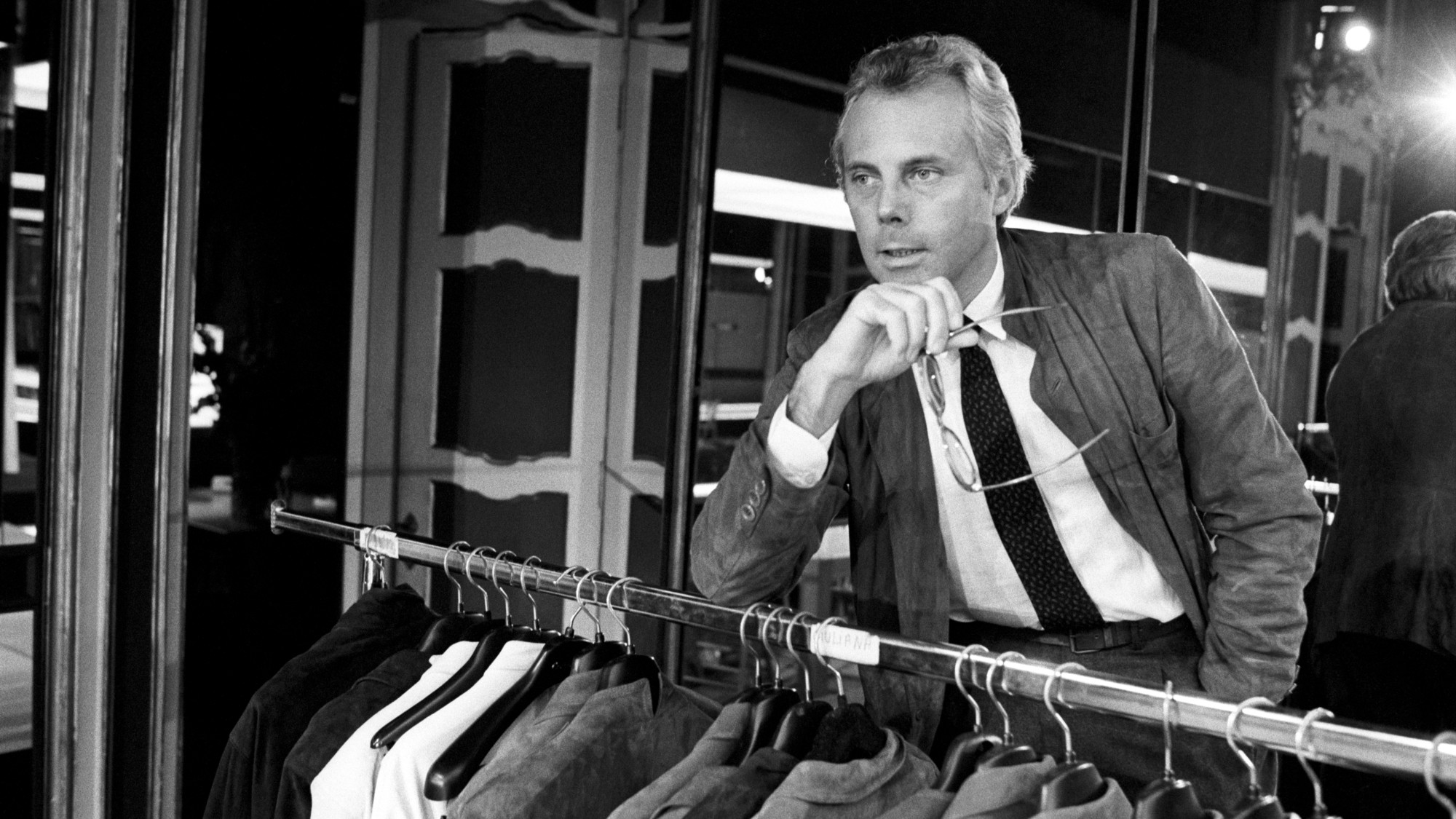 Giorgio Armani obituary: designer revolutionised the business of fashion
Giorgio Armani obituary: designer revolutionised the business of fashionIn the Spotlight ‘King Giorgio’ came from humble beginnings to become a titan of the fashion industry and redefine 20th-century clothing
-
 Ozzy Osbourne obituary: heavy metal wildman and lovable reality TV dad
Ozzy Osbourne obituary: heavy metal wildman and lovable reality TV dadIn the Spotlight For Osbourne, metal was 'not the music of hell but rather the music of Earth, not a fantasy but a survival guide'


